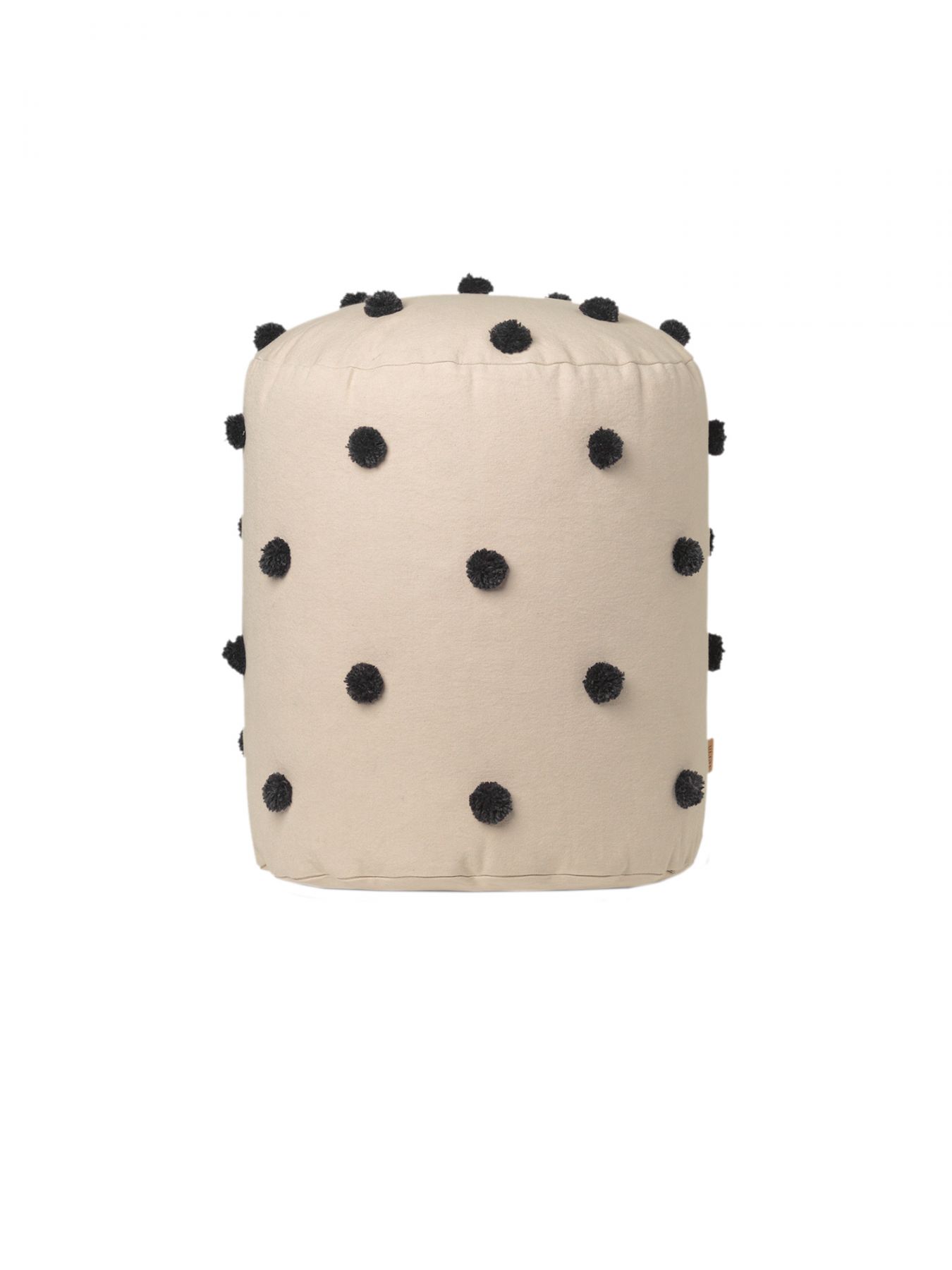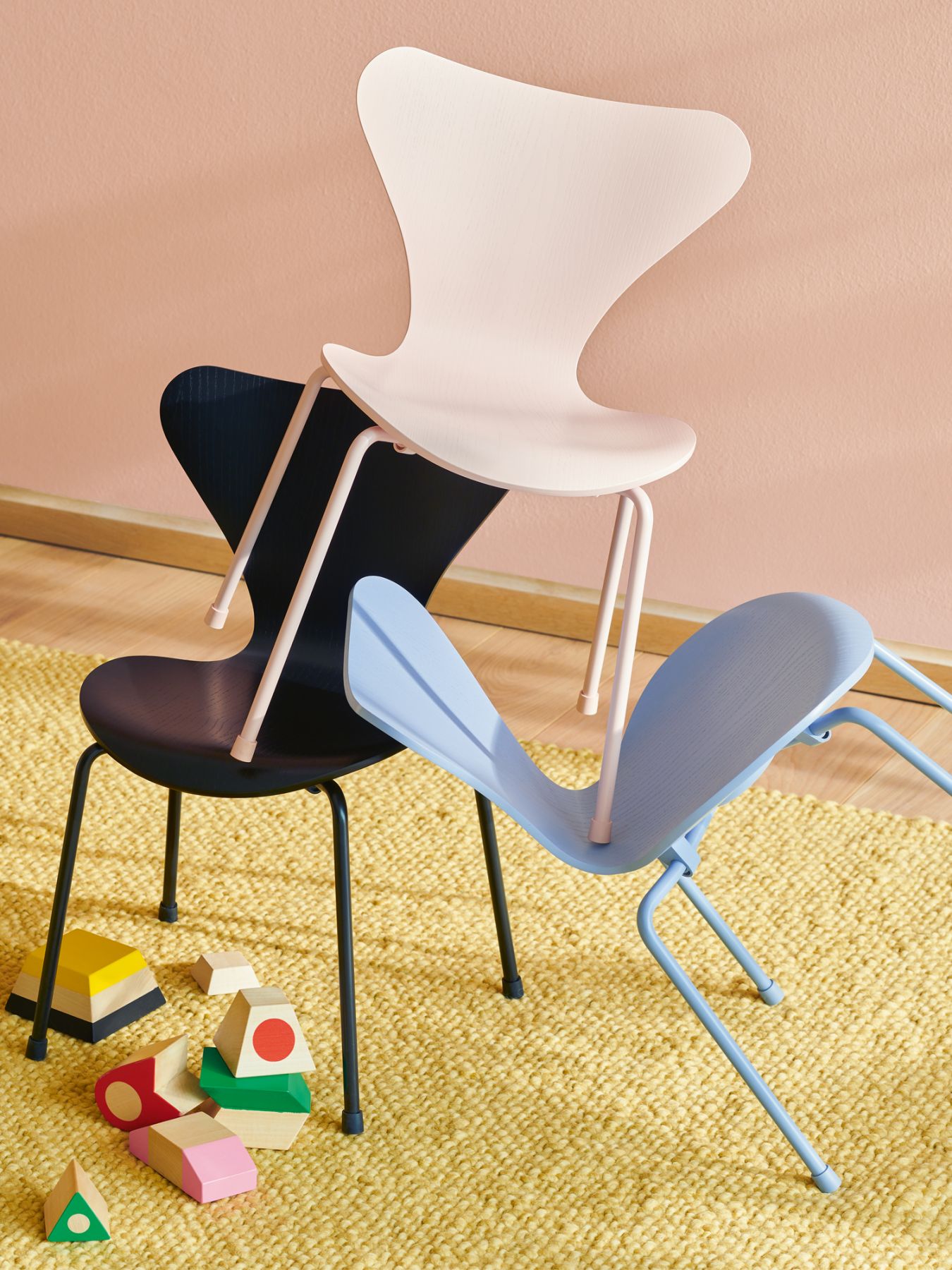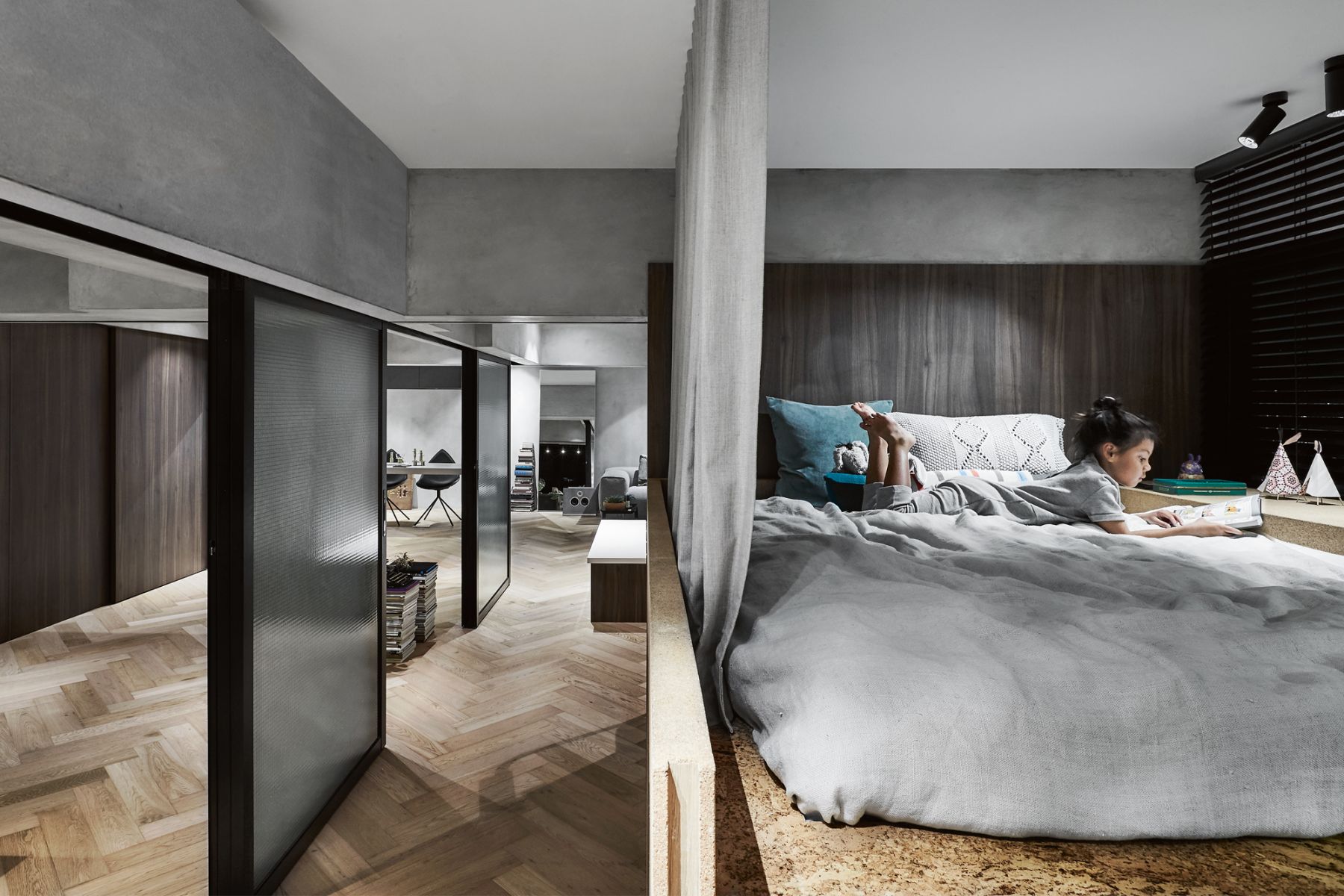Give your kids an inviting and nurturing environment with these ingenious children's bedroom designs
“Size is the first consideration in understanding how the modern house is transformed by the presence of children, followed by questions of space and about stuff; they need furnishings couched to their frames but also their abilities,” writes Alexandra Lange in her book, The Design of Childhood.
The architecture critic’s statement embodies the complexity of designing children’s bedrooms, which require both functionality and adaptability without losing a sense of delight. In essence, a well-designed space can have a lasting impact. “A young child’s emotional and cognitive development is directly affected by the environment in which he or she grows up,” says Sarit Shani Hay, a Tel Aviv-based designer who has spent 25 years designing children’s spaces.
See also: 7 Kid-Friendly Removable Wall Decals To Spruce Up Playrooms
1. Stick to a neutral palette

There are many ways of going about the process, depending on the size of the room, and the child’s age and aesthetic preferences. To start, a child does not need bright colours and cartoon prints to enjoy using the room; these can limit the decor options when the child grows older and can quickly make the room feel dated.“In general, the design should be relatively neutral and calm. It is the children who will inject the content,” says Shani Hay.
London-based interior designer Laura Hammett agrees. She prefers colour palettes that are gender-neutral for children’s bedroom designs. Lively hues and patterns can be applied to accent pieces that are inexpensive to swap out later.












